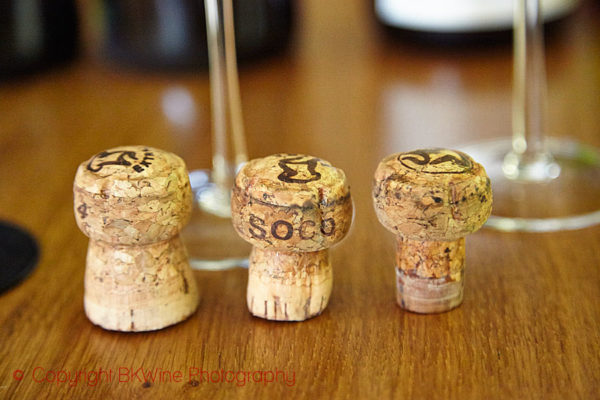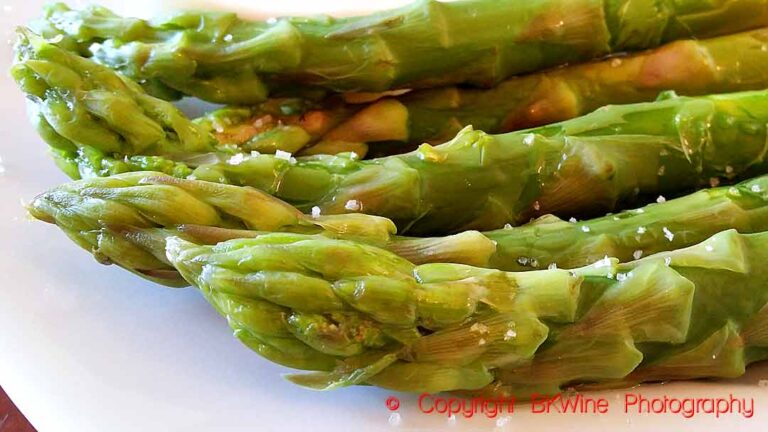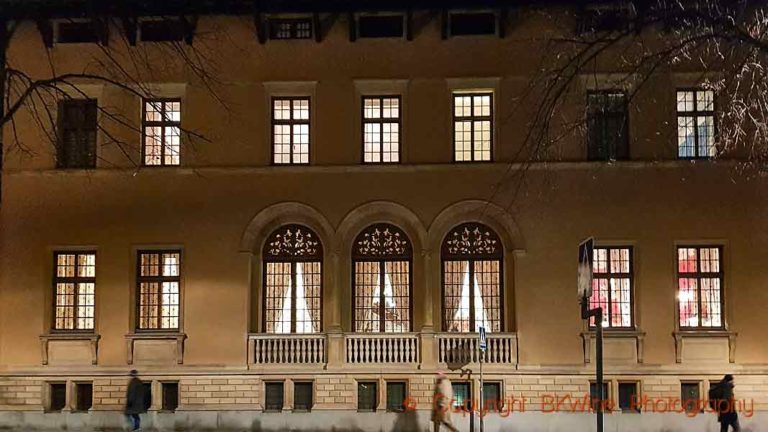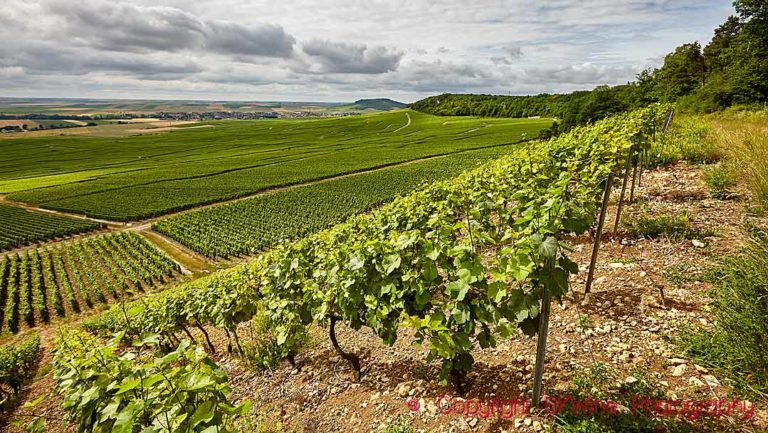What’s more appropriate than having a champagne tasting in the French ambassador’s residence? Prestigious premises, worthy reception, and a learning moment with the champagne specialist Björnstierne Antonson with a tasting of twelve of the best growers campaigns made this a really nice moment.
We start with some necessary facts that you need to know about champagne.
There are 4 different sub-regions of different size and different grape focus.
- Vallée de la Marne, the largest with about 12,000 hectares and a focus on pinot meunier.
- Montagne de Reims, second largest with more than 8,000 hectares and mostly pinot noir.
- Côte des Bar, third largest with more than 8,000 hectares and a focus on pinot noir.
- Côte des Blancs, the smallest with some 6,000 ha and a focus on chardonnay.
The landscape is fragmented and divided into around 270,000 small vineyard plots of around 1000 sqm. Of the district’s more than 300 villages there are 17 which have been awarded the status of grand cru and 42 villages which have the second best, premier cru. [Editor’s comment: This classification, based on the “echelle des crus”, was abolished in the early 2000s, but the terms still live on although they are officially discontinued.]
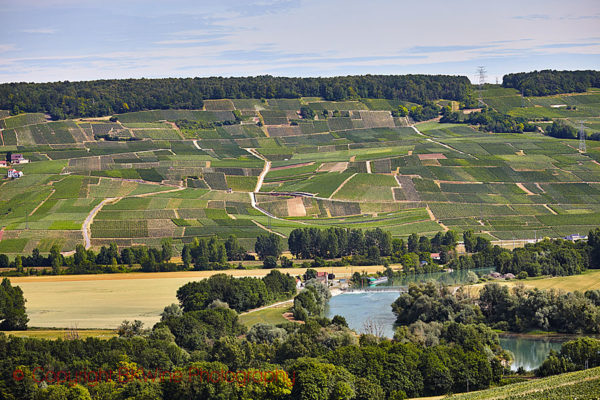
Looking at the grape varieties, pinot noir is the largest with 38% followed by meunier with 32% and chardonnay at 29%. Then there are fractions of pinot gris, pinot blanc, arbane and petit meslier.
The soil varies more than one usually imagines. In the north there is sand, in the middle soft clay, and in the southern parts more a mixture of limestone and clay and in the western parts there is sand and clay.
Sweden’s relation to Champagne is interesting as we, despite the small size of the country, became the world’s 10th largest champagne consumer (2015). In recent years we have slipped down to 13th place in the last rankings.
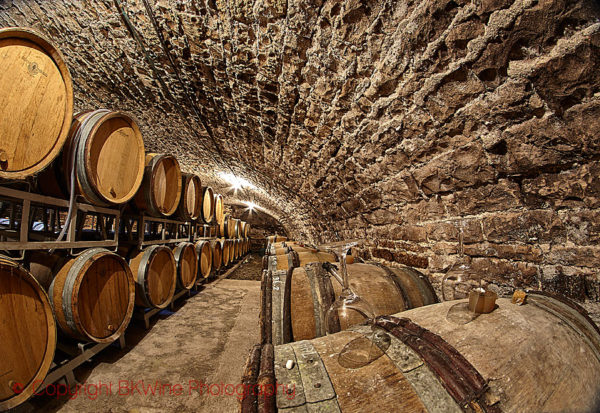
The tasting was solely of “growers’ champagnes”, as opposed to “house champagnes”. A “house” (such as Pommery, Mumm, Dom Pérignon et al.) is in this context a producer who mainly makes his wine from purchased grapes. There are around 300 houses of different sizes. It is also common for grape growers to be part of a cooperative. There are around 135 cooperatives in Champagne (code RC = récoltant-cooperateur). The members of cooperatives in Champagne own about 35% of the champagne area.
What this tastings was about, as mentioned, champagne from those growers who do not sell their grapes to the houses and who do not participate in a cooperative but who make their own champagne (code RM = récoltant-manipulant).
The codes RM and RC as well as CM (coopérative manipulant) and SR (société de recoltant) can be found on each bottle’s label in combination with a registration number. NM (négociant-manipulant) is the code for the houses. There is also ND (négociant distributeur) and finally MA (marque d’acheteur) which is something that is used when the buyer puts his own name on the label, such as a restaurant or department store chain (similar to white label).
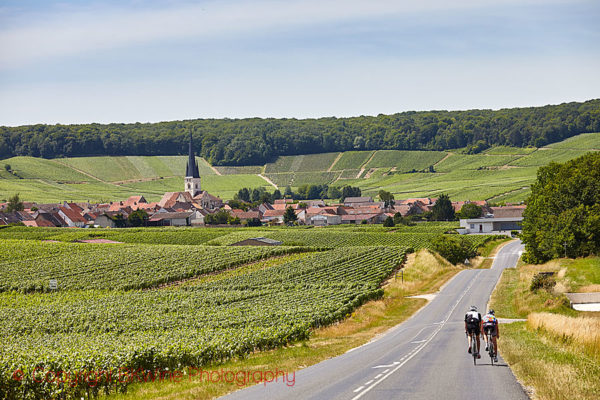
Of the 12 champagnes we tasted, I have chosen the four that, in my eyes and according to my taste buds, were in a class by themselves.
Champagne Phal B. De Beaufort, Cuvée Privilège, Extra Brut, 2009 from the Montagne de Reims area. Made from 80% pinot noir and 20% chardonnay, it was a light and fruity on the nose with a slightly astringent taste and a touch of citrus and green apple peels. A really long and good aftertaste that you just wish would never end! A given as aperitif, but it is ideal for seafood like crayfish or shrimp.
The Côte des Blancs was represented by Champagne Gauthier-Christophe, Cuvée Paul Devaud, Brut. The blend here was 50-50 pinot noir and chardonnay. A light and toasty nose with a clean and elegant taste of yellow apples and some dried fruit. This goes well for example with a mild dish with chicken.
The Vallée de la Marne got 2 in my top 4.
The first was Champagne Hélène Delhéry, Cuvée Eclat de Perles Brut. 60% pinot noir and 40% chardonnay. Delivered a good tropical nose with some toastiness and with some almonds, mint and yellow apples. An delicious taste with a faintly sweet and long aftertaste. As made for an aperitif but also excellent for a white fish.
The other Vallée de la Marne wine was var Champagne Dérot-Delugny, Cuvée des Fondateurs Brut. This was a champagne made entirely from pinot gris. A deliciously sweet nose and a taste of ripe yellow apples and some tropical fruit. A very good aftertaste. Perfect for aperitif and also for goat cheese.
A very memorable tasting both for the venue, the master class and the many good champagnes and the very friendly and enthusiastic growers who were there.
For those who think this seems exciting and want to know more about champagne in general and also growers’ champagne – and who read Swedish! – Britt and Per Karlsson have just released a new book on Champagne.
Henrik Stadler writes för BKWine Magazine on wine tastings and wine events in Sweden.
